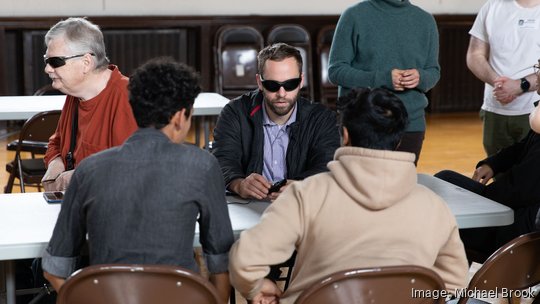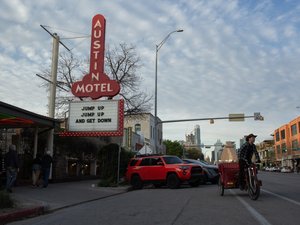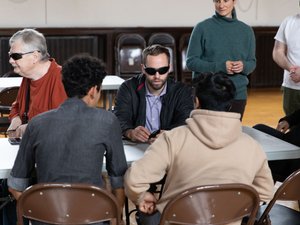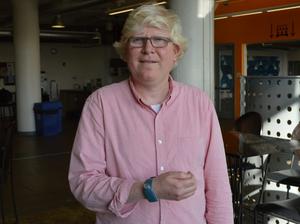
When the Perkins School for the Blind launched its innovation center last year, it planned to use its deep roots in the disability community to make innovation more equitable.
A year in, both communities are ready to collaborate to bolster the disability tech sector, according to Sandy Lacey, executive director of the Howe Innovation Center.
“It's been really phenomenal,” said Lacey of the center’s first year. “It’s been hard to keep up with the ecosystem demand.”
Lacey said she's seeing demand for market intelligence about companies that exist in the disability tech space, and how to connect them with people eager to give insight from personal experiences to the development of what’s next in the industry.
“Focusing on accessibility from the beginning is better for everyone,” Lacey said.
The innovation center is in the process of raising $2.5 million for the next three years of growth, with a focus in four areas: expanding reach, thought leadership, amplifying lived experience and supporting innovators.
So far, it’s been funded by Perkins' endowment, but the additional funding will help grow the staff to five employees. While Perkins started in Watertown in 1829 as the nation’s first school for the blind, it has long given attention to other disabilities as well.
One massive challenge for the development of new technologies to benefit individuals with disabilities is a lack of centralized documentation about what’s already out there, said Lacey. The Howe Innovation Center has put together a database of 1,500 companies already doing work in the disability tech sector. It's publicly available for innovators and others to learn the kind of activity that’s going on.
“We really wanted to bring insight into the robust activity we knew was happening,” Lacey said. Now, through the database, users can pull data about funding, location, what community of people with disability it's trying to serve, and how. Howe researchers have also identified more than 400 equity investors who have put money behind disability tech, according to Lacey.
This information will be used to help startup founders, but Lacey said the team is still figuring out the best ways to inform product development. Staffers have met with over 100 startups to that end.
“It’s incredibly important to get entrepreneurs thinking about accessibility early in the design,” Lacey said.
The first year for the center included partnerships with some big names in Massachusetts and beyond, including the Museum of Science, Massachusetts Institute of Technology, MassChallenge, Amazon and McKinsey & Co.
In addition to raising funding, the center hopes to keep on building those collaborations to get the knowledge they’ve gathered into the right hands.
“We are amplifying the lived experience, and I want people to know we have a tremendously informed community of folks with disabilities who want to partner with companies to share their pain points,” Lacey said. “The Howe Innovation Center can help make that happen.”








